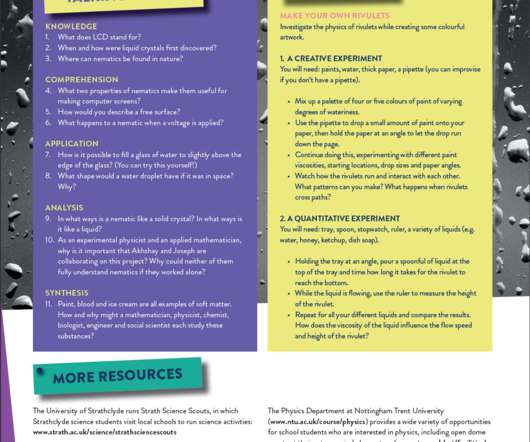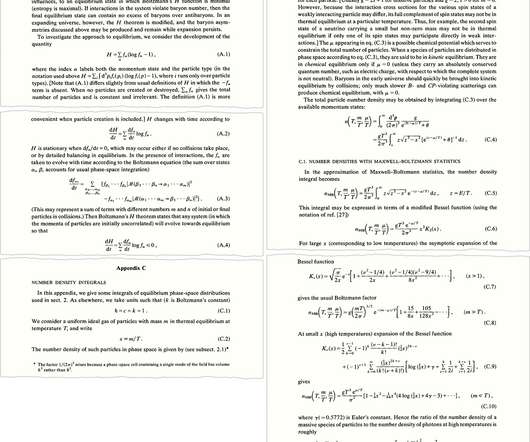How do bacteria help and harm crops?
Futurum
AUGUST 8, 2023
Soybean is a high-energy, high-protein crop that is indispensable as animal feed. I also enjoy meeting my laboratory members every morning to discuss our research projects and science in general.” A great joy for me is discovering new things about the microbial world surrounding crop plants and plant defence systems,” says Jong. “I















Let's personalize your content